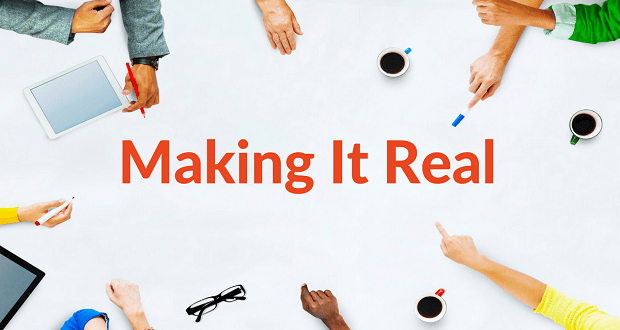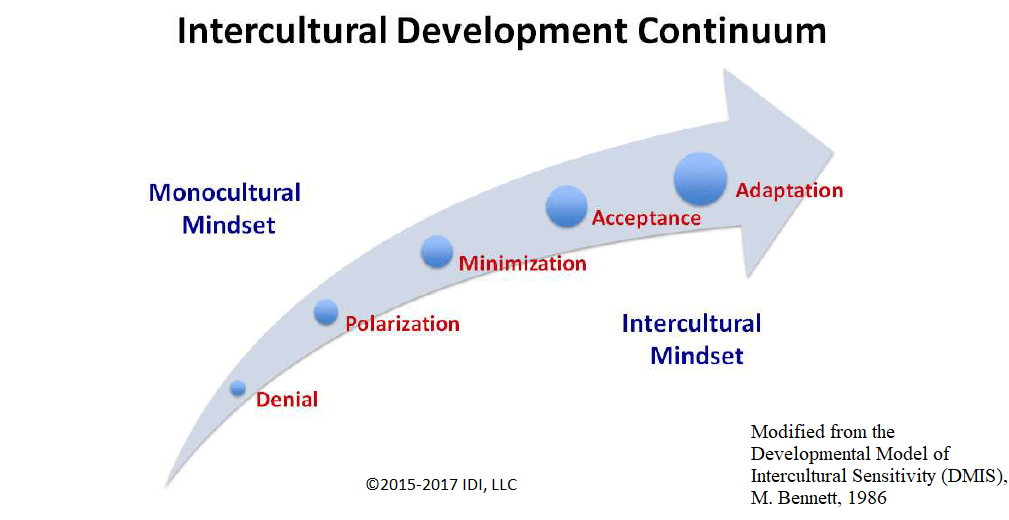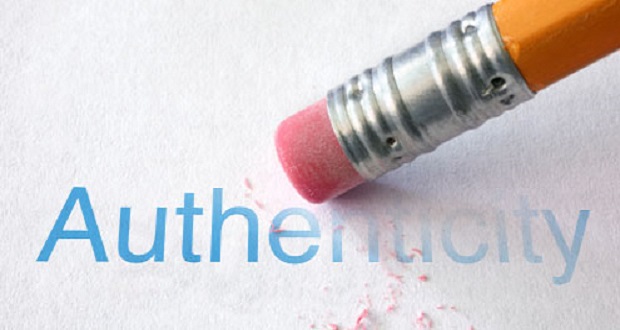
Equity and inclusion, more often than not, can seem a bit abstract, in some ways elusive. Over the past few weeks, we’ve discussed concepts and theories related to equity—power, identity, intersectionality, Bold, Inclusive Conversations™—and one of the most common questions we receive is: “How do we make this ‘real?’ In this context, ‘real’ means having an impact, putting theory to practice, and ultimately, moving the diversity, equity, and inclusion needle forward. We recognize this is a lot easier said than done, and honor that the work around ‘making it real,’ involves a comprehensive, strategic approach. Part of that approach requires tapping into the hearts and minds of stakeholders and creating spaces that foster the cultural and interpersonal competencies necessary to recognize, understand, and adapt across differences.
We kick off this series with a case study on how one of our clients, a large, urban school district, took big steps toward ‘making equity real’ through D&I learning and education.
Case Study
Industry: Education | Stakeholders: ~3,000 | Project Life Span: 2015- Current |
The Winters Group is working with the leadership and teacher corps of a K-12 school district to enhance cultural competence. To date 1000 staff (from Superintendent down to assistant principal) have taken the Intercultural Development Inventory (IDI) and received feedback and coaching. The Winters Group used the IDI assessment results to design the district’s signature Cultural Proficiency training targeting district administrators and teachers.
The Winters Group is also working with a select group of district staff to train them to be equipped to deliver the cultural competence training (train-the-trainer model). The goal of this intervention is to support the school district in developing culturally proficient teachers and leaders who have the capacity to address student outcomes through a more culturally competent lens.
“The Problem”
This particular case study showcases the necessity of a DEI strategy and learning plan that moves beyond just training. Ultimately, this school district is taking on this project in order to create a better environment for kids to learn and to foster equitable educational outcomes. Without culturally proficient staff and faculty, not all students will get what they need in order to thrive. See Principal Strategist Valda Valbrun’s article on this topic for more specific information.
Phase 1: Baseline Assessment
The Winters Group conducted a baseline cultural competence assessment using the Intercultural Development Inventory® (IDI®). The district’s board and select administrators took the IDI. The Winters Group used the IDI to assess individual and district-level cross-cultural competence. The IDI has been known to support organizations in gaining insights about how groups and individuals make sense of and respond to cultural differences and similarities.
Developed by Dr. Mitchell Hammer and Dr. Milton Bennett, the IDI is a 50-item, theory-based on-line instrument that measures intercultural sensitivity as conceptualized in Bennett’s Developmental Model of Intercultural Sensitivity (DMIS). The DMIS is a framework for explaining the reactions of people to cultural differences. The underlying assumption of the model is that as one’s experience of cultural differences becomes more complex, one’s potential competence in intercultural interactions increases. Dr. Bennett has identified a set of fundamental cognitive structures (or “worldviews”) that act as orientations to cultural difference. The worldviews vary from more ethnocentric (monocultural) to more ethnorelative (multicultural). According to the DMIS theory, more ethnorelative worldviews have more potential to generate the attitudes, knowledge, and behavior that constitute intercultural competence. The diagram below illustrates the IDI orientations.

Phase 2: Learning and Education
The Winters Group used the IDI to develop the district’s cultural proficiency learning modules. Consistent with The Winters Group’s “top down/bottom up” approach to D&I strategy, the module was piloted with senior leadership teams and administrators from across the district, then introduced to teachers from select groups. These modules focus on various aspects of D&I work, including understanding one’s culture, bias, navigating cultural difference and bridging across differences
This project is still underway, but we have received feedback that suggests high effectiveness. To date, 97% of leaders who have gone through Module A of the Cultural Proficiency training were able to identify direct connections and opportunities for application to their work/roles.
Once the project is complete, we will re-administer the IDI to gauge the district’s and leadership’s cultural competence development post-training.
What’s the Takeaway?
While many of the leaders and teachers we’ve worked with throughout this project understand the importance of diversity and embrace the idea of being inclusive, the problem of educational inequity is an overwhelming problem. It touches all levels of the system, so the approach we used to create a strategy with them had to touch all levels of the system as well. We had to make and education and learning plan that is relevant not just for leaders but for teachers and staff who are interacting with and impacting large numbers of students daily. If they didn’t feel like they had any power to do anything about such a huge problem, our goal was to convince them that they do and give them the tools to exercise that power. That’s the key to fostering equity through education and learning — teaching people, or perhaps reminding them, that they hold so much power in their own identities, in their relationships, and in their ability to connect with their cultural others.
Continuing last week’s promise to share some positive news each week and in the spirit of education, check out these examples of educators who are embracing their power and encouraging the next generation to do the same in this recent NPR piece, “More Than Just A Job: Stories Of Teachers Who Deserve An A+”.
That's the key to fostering equity through education and learning -- teaching people, or perhaps reminding them, that they hold so much power in their own identities, in their relationships, and in their ability to connect with… Share on X

















